
Q1) Can pets get the new coronavirus (COVID-19)?

The Centers for Disease Control and Prevention (CDC) is aware of a very small number of pets, including dogs and cats, outside the United States reported to be infected with the virus that causes COVID-19 after close contact with people with COVID-19. The CDC has not received any reports of pets becoming sick with COVID-19 in the United States. As of April 7, there is no evidence that pets can spread the virus to people.
The first case of an animal testing positive for COVID-19 in the United States was a tiger with a respiratory illness at a zoo in New York City. Public health officials believe these large cats became sick after being exposed to a zoo employee who was actively shedding virus. Researchers and authorities are constantly learning about the new coronavirus, but it appears it can spread from people to animals in some situations.
At this time, there is no evidence to suggest that any animals, including pets or livestock, can spread COVID-19 infection to people.
It is advisable that pet owners and veterinarians strictly observe hand-washing and other infection-control measures, as outlined by the CDC when handling animals.
This is a rapidly evolving situation. We will update as new information becomes available.
Q2) Is there a COVID-19 vaccine for dogs and cats?
There is no vaccine for COVID-19 for people or animals at this time.
Veterinarians are familiar with other coronaviruses. Similar but different coronavirus species cause several common diseases in domestic animals. Many dogs, for example, are vaccinated for another species of coronavirus (Canine Coronavirus) as puppies. However, this vaccine does not cross protect for COVID-19.
Q3) Can veterinarians test for COVID-19 in pets? Currently, the University of Minnesota is not recommending testing for pets the situation could change. There are tests for COVID-19 for animals so if very concerned please contact your veterinarian if you feel your cat or dog should be tested. If your vet does not have testing capability ask for any recommendations.
Currently, the University of Minnesota is not recommending testing for pets the situation could change. There are tests for COVID-19 for animals so if very concerned please contact your veterinarian if you feel your cat or dog should be tested. If your vet does not have testing capability ask for any recommendations.
Q5) What animal did COVID-19 originate from?
Previous novel human coronavirus outbreaks, SARS and MERS, originated in horseshoe bats and passed through other species, such as palm civet and camels. Research is still ongoing to identify the suspected animal source for the COVID-19 outbreak and any intermediate hosts it passed through.
Q6) If I am diagnosed with COVID-19, how do I protect my pet?
The American Veterinary Medical Association and the CDC recommend that anyone sick with COVID-19 should maintain separation from household pets and other animals while you are sick with COVID-19, just like you would with other people. Although there have not been reports of pets becoming sick with COVID-19 in the United States, it is still recommended that people sick with COVID-19 limit contact with animals until more information is known about the virus. When possible, have another member of your household care for your animals while you are sick. If you are sick with COVID-19, avoid contact with your pet, including petting, snuggling, being kissed or licked, and sharing food. If you must care for your pet or be around animals while you are sick, wash your hands before and after you interact with pets.
 Q7) Should my pet wear a face mask in public?
Q7) Should my pet wear a face mask in public?
No. Face masks may not protect your pet from disease transmission and may cause other breathing difficulties.
Q8) Should I wear a face mask?

CDC recommends wearing cloth face coverings in public settings where other social distancing measures are difficult to maintain (e.g., grocery stores and pharmacies) especially in areas of significant community-based transmission.
Q9) If someone needs to enter the residence of COVID-19 patient in order to care for a pet there, what precautions should be taken?
 Direct person-to-person contact is the most likely way that COVID19 is transmitted (e.g., being within 6 feet of an infected person) for at least 10 minutes. Additionally, the possibility exists for infection from contaminated surfaces (i.e., someone could touch a contaminated surface and then touch their face: nose, eyes, mouth), but that is believed to be a
Direct person-to-person contact is the most likely way that COVID19 is transmitted (e.g., being within 6 feet of an infected person) for at least 10 minutes. Additionally, the possibility exists for infection from contaminated surfaces (i.e., someone could touch a contaminated surface and then touch their face: nose, eyes, mouth), but that is believed to be a
far less likely means of transmission. As time goes by, the amount of virus that is viable decreases on surfaces.
If someone needs to go into a house to feed/water/walk a pet(s) from a COVID-19 house/apartment, the following steps are recommended to reduce the risk to the entering person:
- Wear gloves and clothes that can be easily washed,
- Bring a plastic bag,
- Avoid as much as possible touching surfaces in the house,
- As you leave the house put gloves into the plastic bag,
- After you attend to the pet and go home, wash clothes and wash hands with soap and water for 20 seconds.
- Wearing a cloth mask can protect others from your respiratory secretions as you go out in public.
If someone needs to take the pet(s) out of the house:
- Wear gloves and clothes that can be easily washed,
- Avoid as much as possible touching surfaces in the house,
- Have a leash or carrier to use to put the pet in so the pet can be taken out of the house safely,
- Keep the pets together and isolated away from other pets for 14 days out of an abundance of caution,
- Wash hands/clothes after leaving the house.
- Wearing a cloth mask can protect others from your respiratory secretions as you go out in public.
Visitation to nursing homes and long-term care facilities by service animals and their handlers should be discouraged at this time.
We hope that this answered most of your questions about Covid-19 and Coronavirus. And remember to always love your pets. Our pets can give us great comfort during these difficult and stressful times while we endure this national health emergency. If you have any other questions or need help with pet care either walking or sitting, please call us! WE ARE OPEN and here to help.


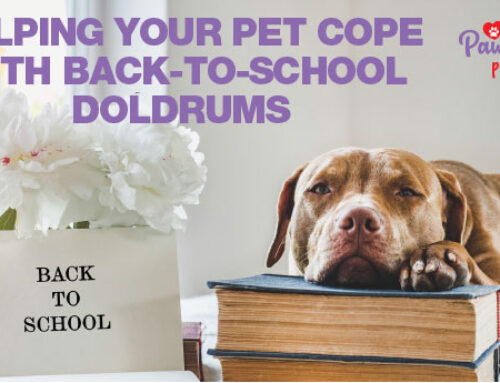
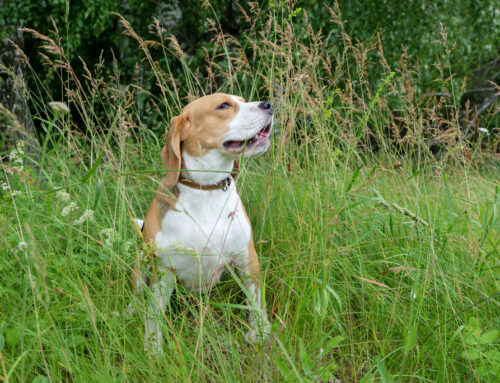
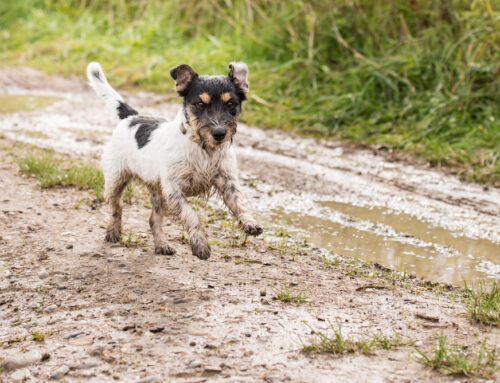
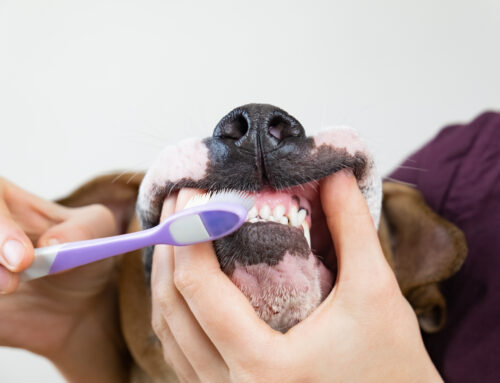
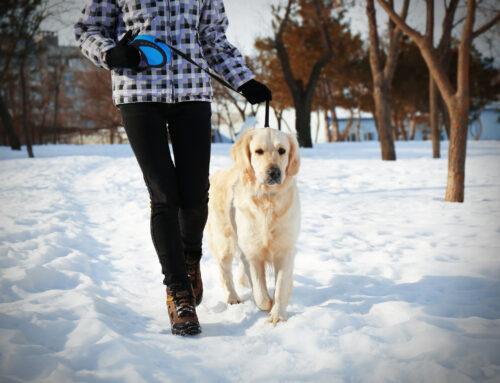
Leave A Comment